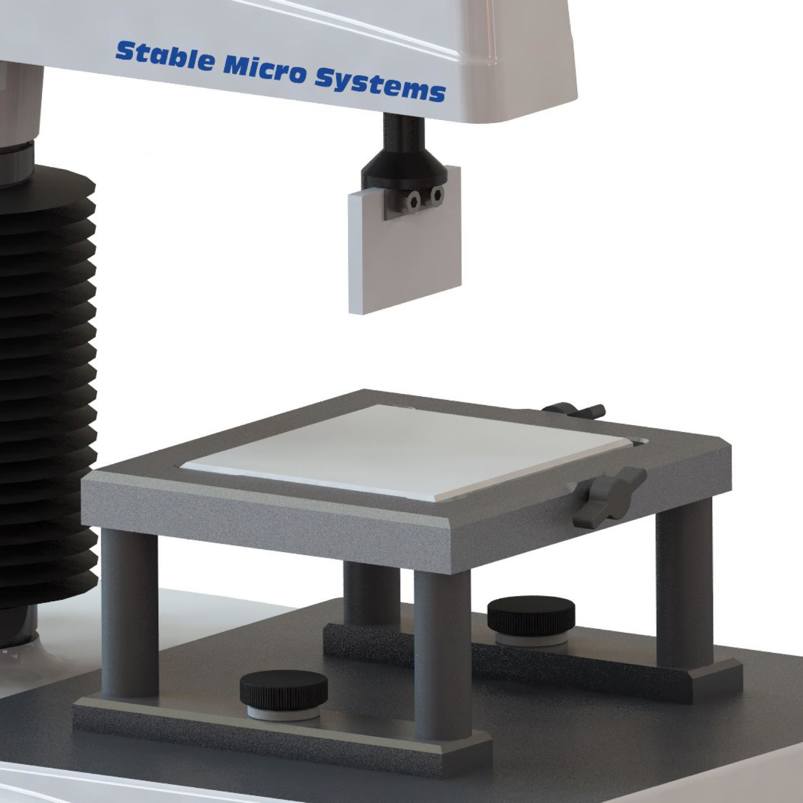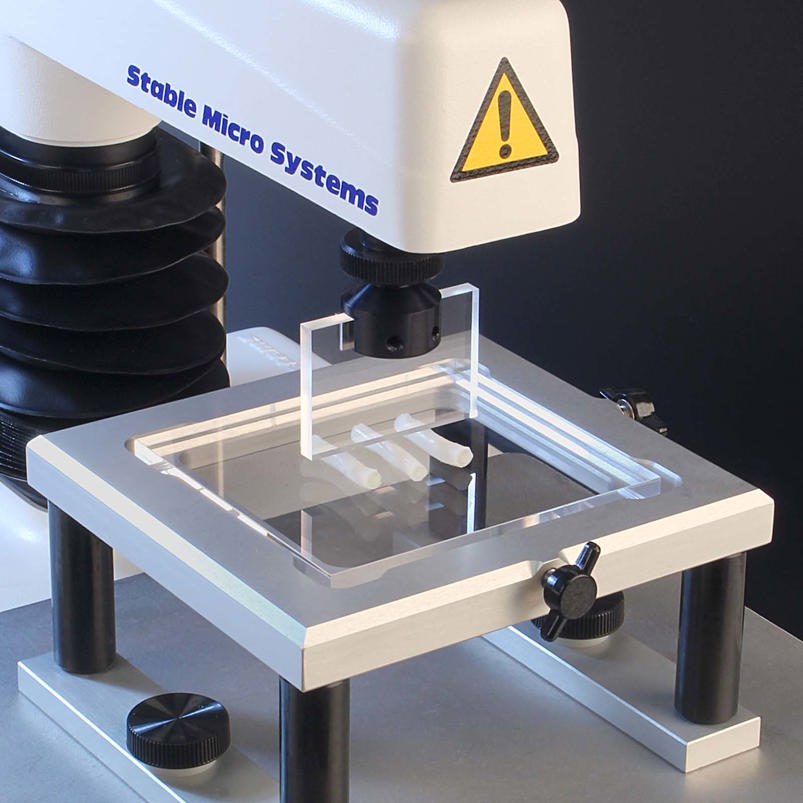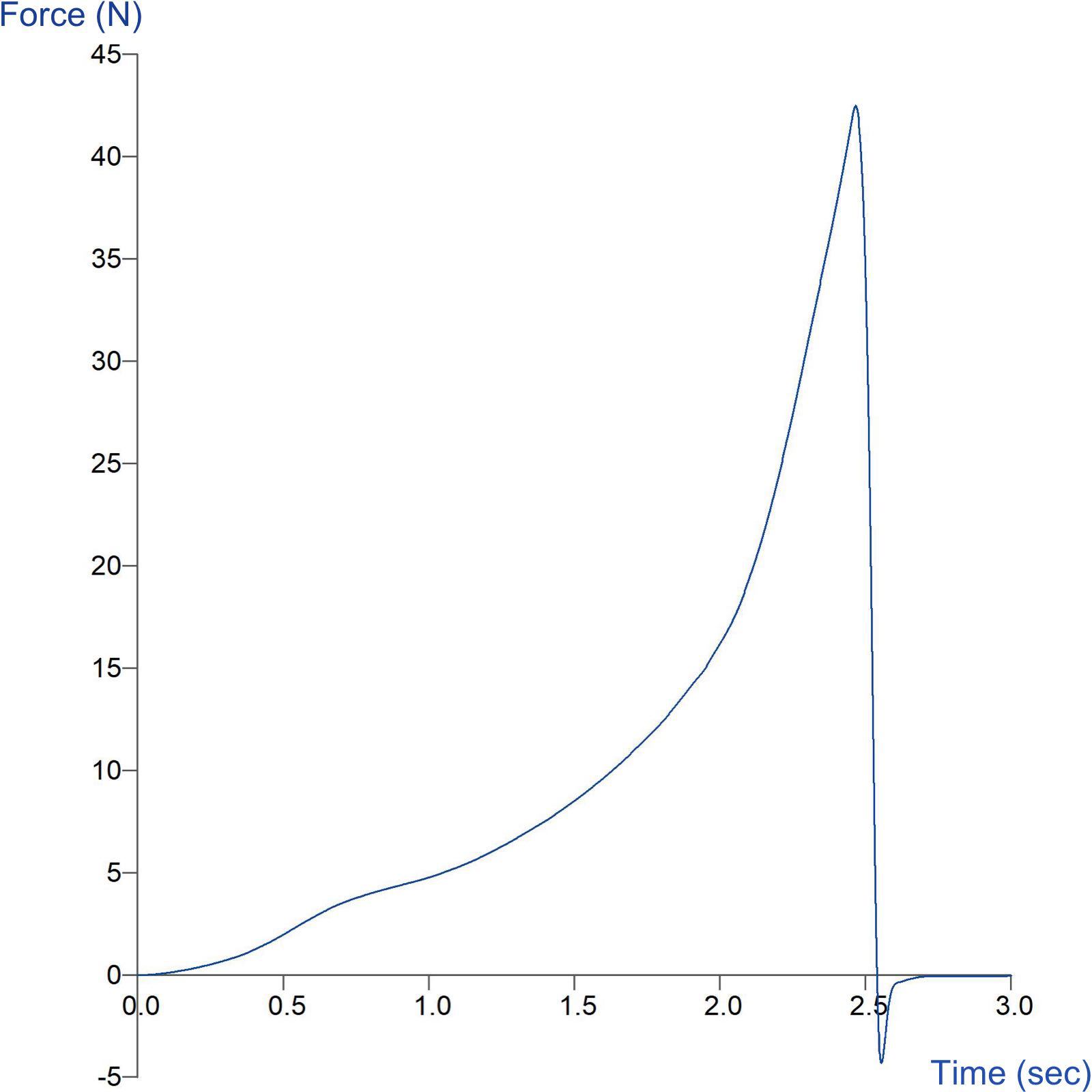Product overview
Noodle firmness contributes significantly to the overall texture and mouthfeel of a dish. Noodles that are cooked to the right level of firmness offer a satisfying bite and a pleasant chewiness. This texture enhances the eating experience and adds to the sensory enjoyment of the meal. Properly cooked noodles with the right firmness also maintain their shape and appearance on the plate. Overcooked or overly soft noodles can become mushy and lose their aesthetic appeal, affecting the visual presentation of the dish. Noodles with optimal firmness have a better ability to absorb and hold onto sauces and flavours. This ensures that the noodles are well-coated with sauces, enhancing the overall taste of the dish. Achieving consistent noodle firmness is important, especially in commercial food production settings. Whether in restaurants, food manufacturing, or catering, maintaining uniform firmness ensures that customers receive a consistent product every time.
Extensive work has been carried out at the Wheat Marketing Center in Oregon, USA, by Gary Hou and his team. They use a specifically dimensioned flat-ended perspex blade on their Texture Analyser to cut through and measure noodle firmness of 3 strands of noodle (specifically prepared) located in parallel to one another. This has now become internationally popular and therefore has been included in the Stable Micro Systems probe and attachment range.
How does the Asian Noodle Rig work?
Ideal sample form
This 3-strand approach is suitable for straight noodle forms of uniform width and thickness that are able to lie flat to be tested – it is not suited to thin noodles, due to sample fragility on handling.
Benefits and limitations
- A standardised method
- Knife is made from Perspex which is a soft material – this probe is therefore easily damaged
Technical information
Installation
Full installation instructions are provided within the Education Zone of the latest Exponent/Connect software version and on the technical information sheet accompanying this product.
Chemical compatibility
Stable Micro Systems probes and attachments are commonly made from four materials: anodised aluminium (AA6082 T6), stainless steel (316 T), Delrin (acetyl copolymer) and Perspex (polycarbonate).
In general use, probes and attachments made from these materials will be suitable for testing food products and inert non-food materials.
The four materials listed above are not universally resistant to all types of chemicals and as such the compatibility of the probe/attachment material with the product (to be tested) must be established to prevent damage to the probes and attachments. If the compatibility of the product with the probe is unknown to the customer then the chemical information about the product (Material Safety Data Sheet or Product Data Sheet) should be submitted to Stable Micro Systems. Stable Micro Systems will then assess the suitability of the probe/attachment material for use with the product and advise accordingly. If this advice is not sought then Stable Micro Systems will not accept liability for probes/attachments damaged by chemical attack from the product being tested.
Cleaning and maintenance
All probes and attachments may be cleaned in warm (or hand hot) water using a mild detergent. A soft brush may be used but abrasive cleaning aids should be avoided. Stable Micro Systems products should not be microwaved or cleaned in a dishwasher.
Screw threads should be lightly lubricated after drying using a light lubricant, e.g. petroleum jelly, mineral oil. This will aid the fitting and unscrewing of the item. Each component of a probe or attachment should be wrapped separately when stored, to avoid scratching or chipping. This will safeguard against any unnecessary damage to the accessory.



